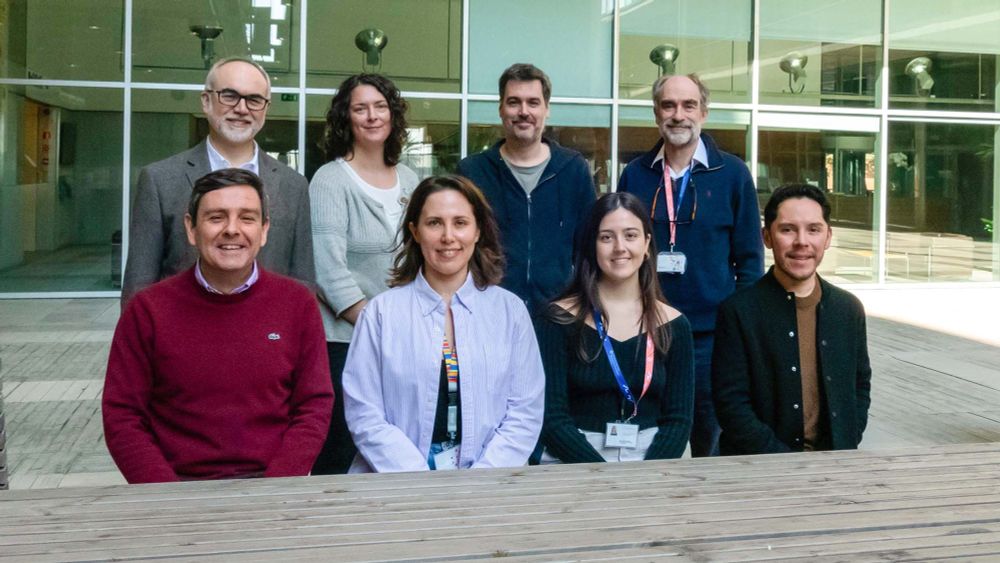

#bioinformàtica #neuropsiquiatria #salutmental #autisme #Alzheimer #TalentMAR @santperelab.bsky.social @yaleneuro.bsky.social @hospitaldelmar.bsky.social
www.researchmar.net/news/742/lin...

#bioinformàtica #neuropsiquiatria #salutmental #autisme #Alzheimer #TalentMAR @santperelab.bsky.social @yaleneuro.bsky.social @hospitaldelmar.bsky.social
www.researchmar.net/news/742/lin...
@researchmar.bsky.social
rdcu.be/evCaU

@researchmar.bsky.social
rdcu.be/evCaU

Here are Paula Mayo and Josema Ruiz presenting their posters.
@grib-barcelona.bsky.social


Here are Paula Mayo and Josema Ruiz presenting their posters.
@grib-barcelona.bsky.social
More 👇
ellipse.prbb.org/ebv-ms-unvei...

More 👇
ellipse.prbb.org/ebv-ms-unvei...
@grib-barcelona.bsky.social
@researchmar.bsky.social
@cp-trendsgenetics.bsky.social
www.sciencedirect.com/science/arti...

@grib-barcelona.bsky.social
@researchmar.bsky.social
@cp-trendsgenetics.bsky.social
www.sciencedirect.com/science/arti...
www.nature.com/articles/s41...

www.nature.com/articles/s41...
New research reveals rapid, cell-type-specific regulatory evolution in human brains compared to primates, highlighting specialised changes in brain cells that shaped human cognition and behaviour.
🔗 www.pnas.org/doi/10.1073/...
#Neuroscience #Evolution #SciComm 🧪
New research reveals rapid, cell-type-specific regulatory evolution in human brains compared to primates, highlighting specialised changes in brain cells that shaped human cognition and behaviour.
🔗 www.pnas.org/doi/10.1073/...
#Neuroscience #Evolution #SciComm 🧪




